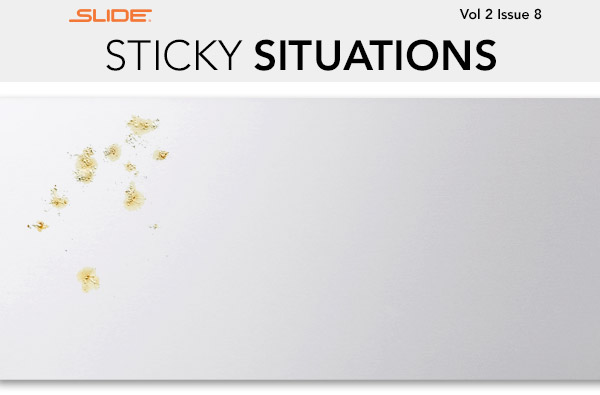 |
||
How to Recover a Mold that Was Improperly Prepped for StorageThere it is...rust. You pull a mold stored for years, or even just a couple of months. Then you see it. Rust has developed on the backside of the mold cavity or platens. Some part of the long-term storage procedure was missed and now you have to fix it. Depending on the extent of rust, this can be a relatively quick fix. Step 1: Spray the effected areas with a wet, penetrating oil. The oil will go deep down to the molecular level where the bonds of oxidation have taken place, weakening bonds so you can start to remove the rust. For this you need a bit of elbow grease. Step 2: After waiting several minutes to give the oil time to work, start using a Scotch Bright pad or similar abrasive cloth or pad. You will use the pad to break the weakened rust-metal bond. Start lightly, then with increasing pressure, to remove rust. You should soon see a positive difference in the metal surface. Rust should be disappearing and only the metal surface left behind. A deeper infection of rust may require repeating this procedure multiple times. Step 3: Now there may be hints of rust left behind, something that is difficult to see with the naked eye. Apply a mold polish formulated specifically for metal molds. A good mold polish will remove any remaining oxidation or stains and leave your tool with a high, lustrous sheen. Now you are ready to prep the mold for production, or get it ready for its next stint in storage. When it is time to put this or any mold into storage, consider using a rust preventive with an indicator dye. The light color in the formulation helps you identify areas not properly covered so you can be sure you protect the entire tool. Slide Products has developed formulations specifically for mold care. Penetrant Plus and No Rust can be used to penetrate rust and weaken rusts hold to metal. Then Mold & Metal Polish can be used as the final step to thoroughly clean metal and remove any remaining oxidation, which is the seed for future rust. Lastly, Quick Rust Preventive has a red indicator dye. After application the dye makes it is easier to see where the tool is coated with rust preventive. But more importantly, you can see the surfaces remaining exposed to moisture and acids. Learn more about mold releases, cleaners and rust preventives |
||